Eggplants are delicious vegetables that require special care and attention during their cultivation. An essential practice to ensure good growth and abundant fruit production is to irrigate the aubergines correctly. Water is vital to one eggplant cultivationbut dosing it correctly can be a delicate task.
In this article, we’ll explore best practices for watering eggplants in the vegetable garden. We will understand when is the best time to irrigate, what are the recommended irrigation techniques and the factors to consider to ensure that the aubergines receive the right amount of water to develop healthy and productive.
When should you water aubergines?
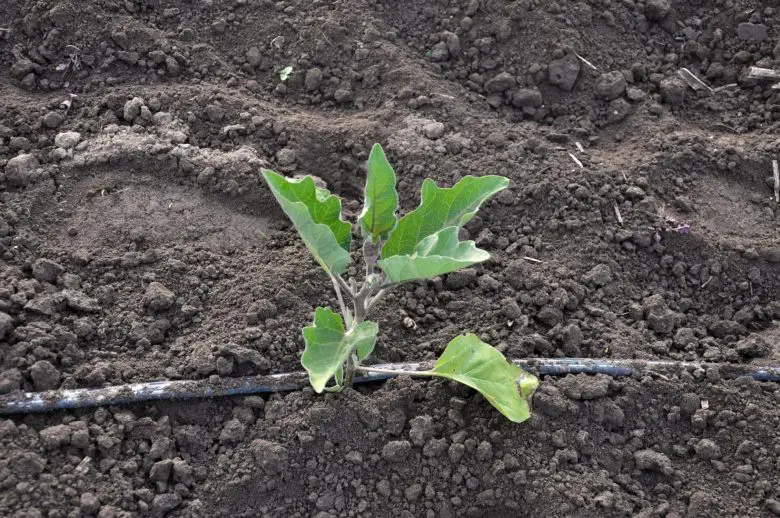
Eggplant watering depends on several factors, including climate, soil type, and plant growth stage.
To understand the exact time to water, regularly check the moisture in the soil around the eggplant seedlings. An easy way to do this is by sticking your finger into the soil about 5cm deep. If the soil is dry, it’s probably time to water our eggplants.
Eggplants love heat, but need an adequate supply of water to develop properly. During hot, dry weather, you may need to water more frequently to keep plants from becoming stressed. In general, try to keep the soil from drying out and hardening completely between waterings.
Make sure the soil is well drained to avoid waterlogging which could damage the roots of the plants. Overwatering can lead to problems such as root rot and fungal diseases such as verticillium.
During the early stages of growth, eggplant seedlings require more frequent watering to encourage good rooting. Once the plants are well established with a well-developed root system, you can gradually reduce the frequency of watering, always continuing to closely monitor the moisture level of the soil.
Remember that these are general guidelines and modifications may be necessary based on the specific conditions of your garden. Observe your plants carefully and adjust your watering practices accordingly for best results.
How to water eggplants?
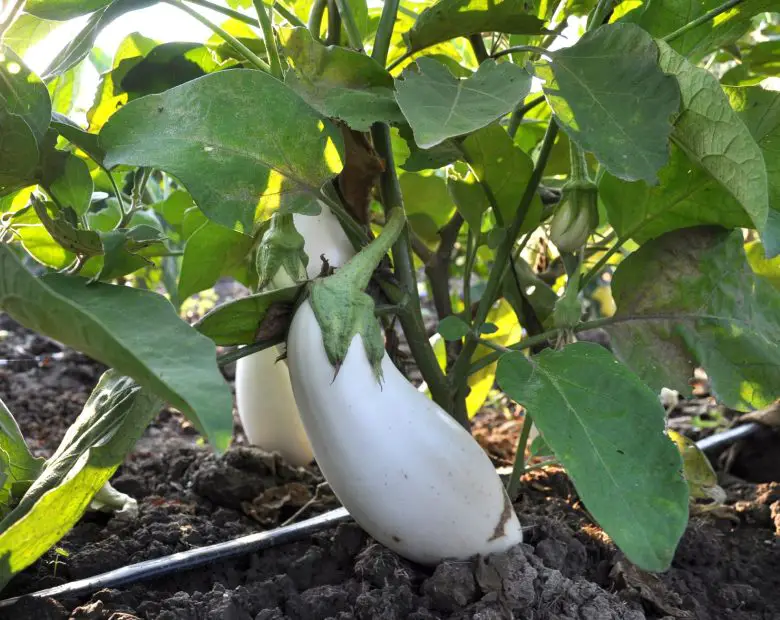
L’drip irrigation it is generally a good option for eggplants, as it delivers water directly to the plants root zone in an even and controlled manner. This system distributes water slowly and gradually, allowing the soil to absorb water deeply. You can use porous hoses or drippers to deliver water directly to the roots. This type of irrigation helps reduce water waste and prevent leaf diseases, as the water is not sprayed on the aerial parts of the plants.
If you don’t have the ability to create a drip system, you can carry out flood irrigation. This method involves the use of a system that abundantly distributes the water in special furrows created between the rows. While trickle irrigation can be effective in some situations, it can also increase the risk of fungal disease from over-wetting the soil and cause water wastage.
Finally, if you have few aubergine plants in the garden, you can opt for irrigation with a watering can. This classic method involves using a hand watering can to pour water directly at the base of the plants. While sprinkler irrigation may require a little more time and energy, it can be a viable solution for small gardens or if you don’t have access to more advanced irrigation systems. Make sure you distribute the water evenly and avoid the accumulation of standing water.
In general, whatever the chosen irrigation system, it is best to water in the evening or early in the morning, avoiding the hottest hours of the day without stressing the plants. Giving water in the central hours of the day also causes a rapid evaporation of the water itself, nullifying the irrigation intervention.
How long should aubergines be given water with a drip system?
The duration of drip irrigation for eggplants will depend on several factors, such as soil type, climate, plant size, and the age of the eggplants.
In general, during hot and dry periods, eggplants require more water. As a result, drip irrigation may take longer during these conditions. Initially, you can set drip irrigation for between 30 minutes and an hour, every 2-3 days.
During the season, for example towards the end of summer, the watering time can be progressively decreased. If the climate is cooler, time and frequency should be decreased, also because the plants will have deeper roots in the meantime. In these conditions, 10 minutes 1-2 times a week may be enough.
In the autumn months (since aubergines have a long crop cycle) irrigation with the drip system will, on the other hand, be more sporadic or even suspended, if there is sufficient natural rainfall.
In any case, it is essential to monitor the soil and plants carefully to evaluate the effectiveness of drip irrigation. When watering, look closely at the soil to make sure the water penetrates to an adequate depth without causing waterlogging.

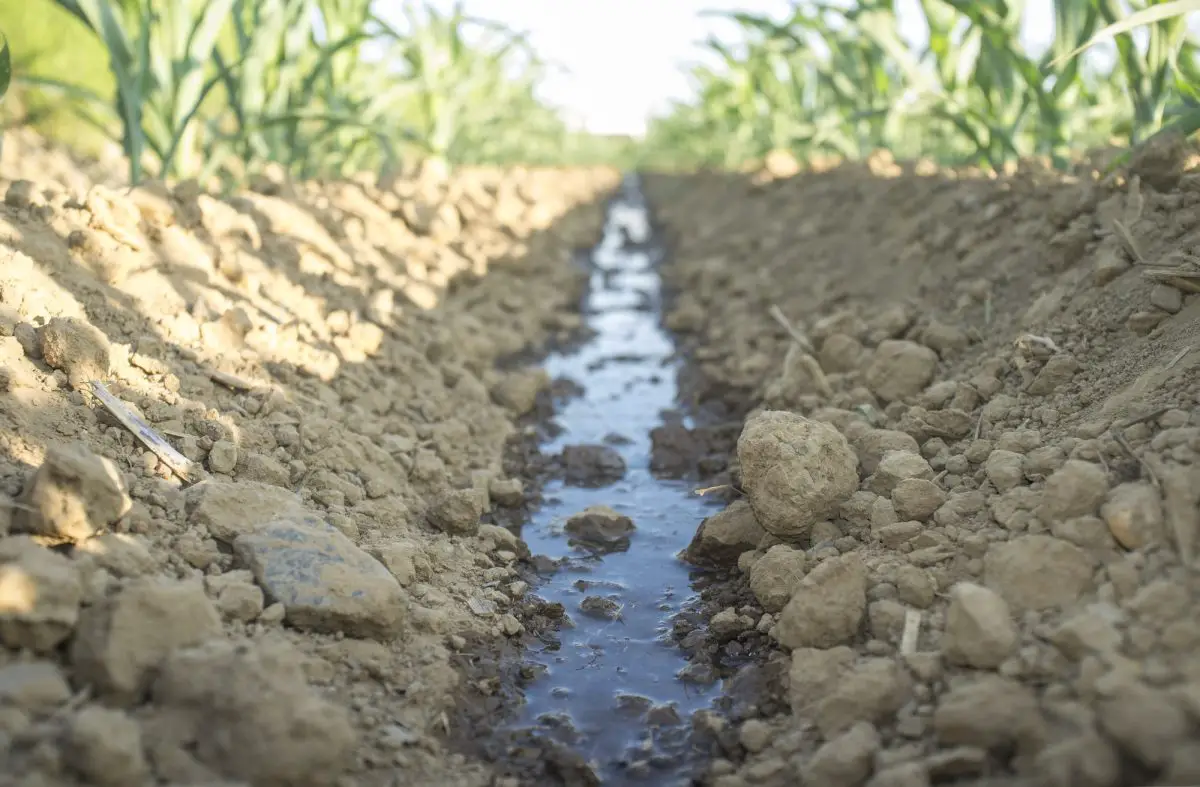


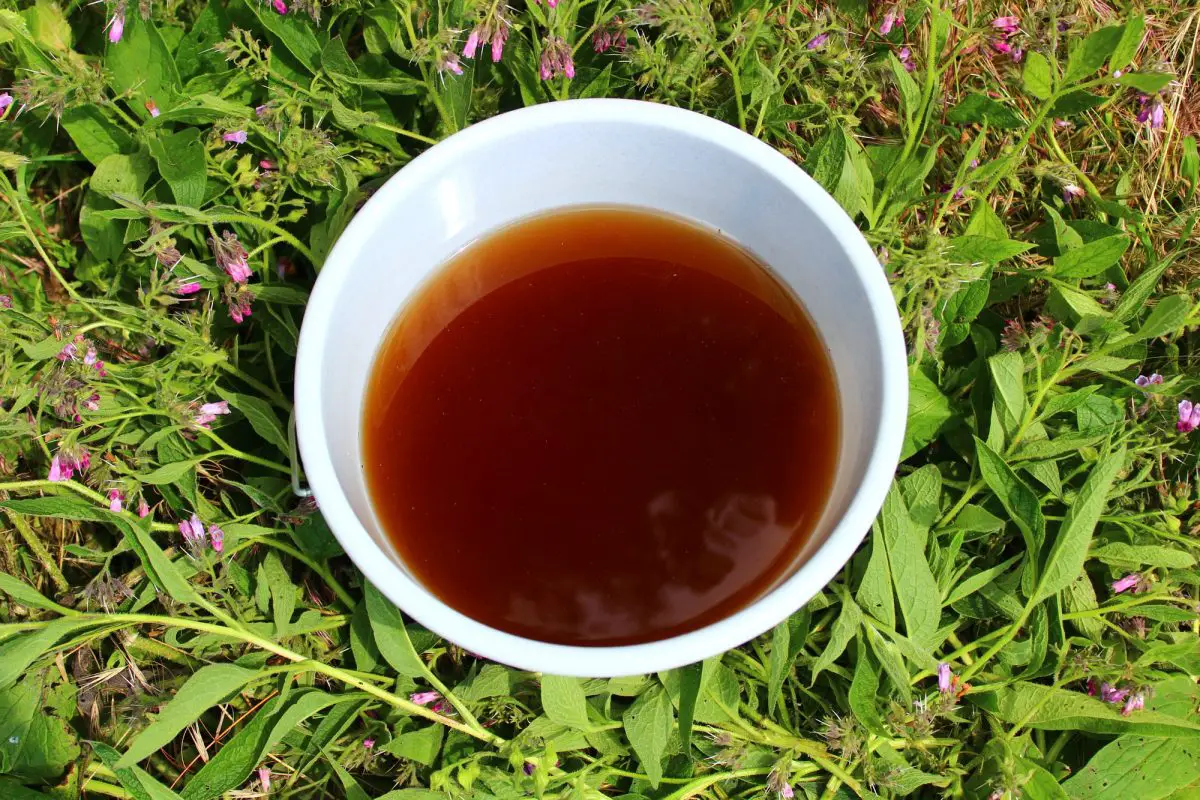
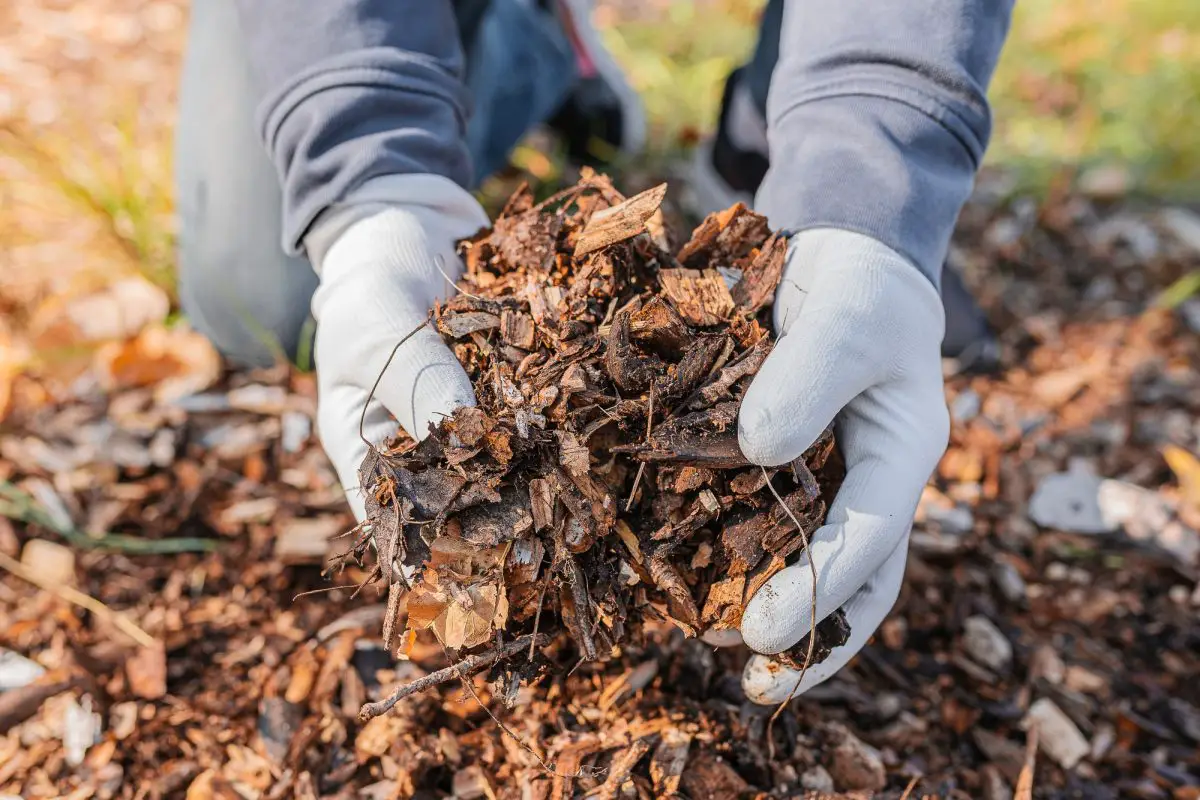

Start a new Thread